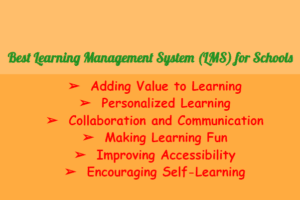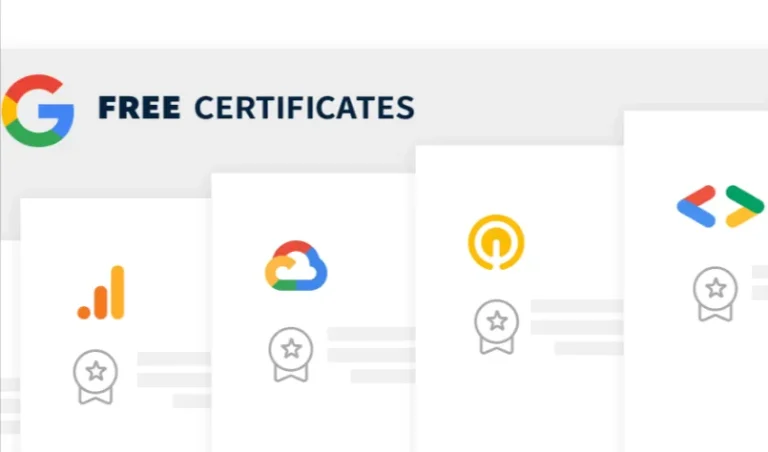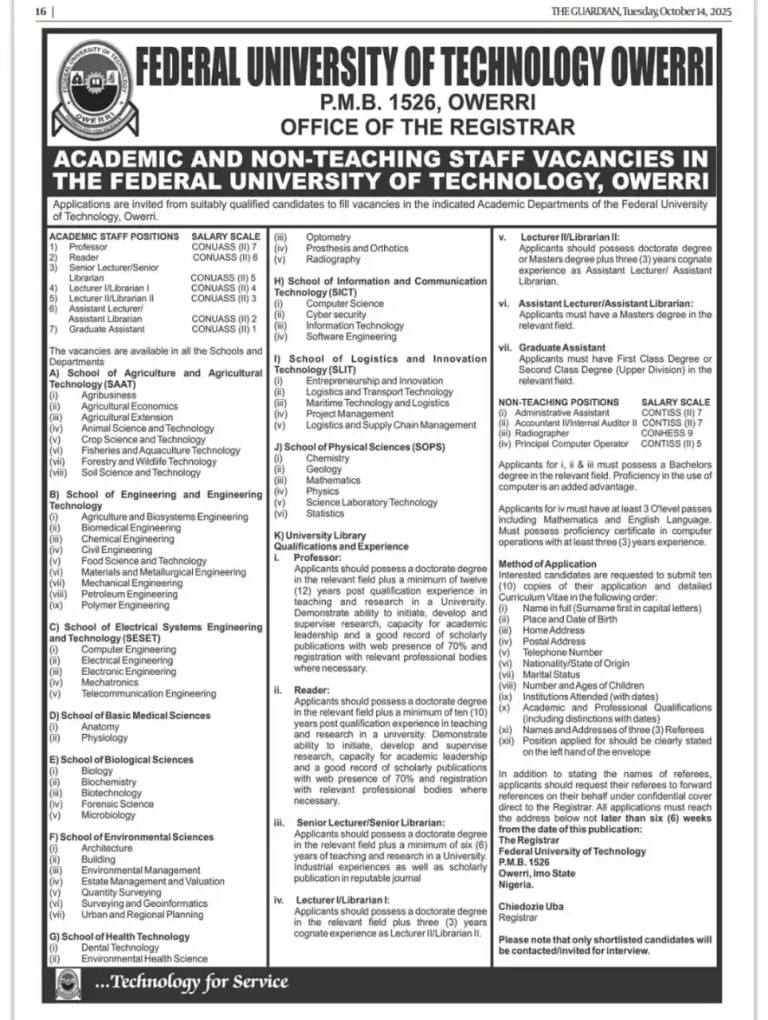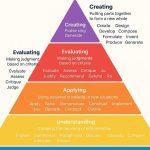
The Purpose of Educational Technology
The Concept Educational technology is becoming more important in classrooms today. The purpose of educational technology is to help students learn better and teachers teach more effectively. Educational technology uses tools like computers, apps, and the internet to make learning easier and more fun. By using these technologies, both students and teachers can reach their goals faster and with better results.
Purpose of Educational Technology
The purpose of educational technology is to improve the way we learn. In the past, learning mostly happened through books and lectures. But now, with educational technology, students can learn in different ways. They can watch videos, play interactive games, or even have a virtual reality experience. This variety helps make learning more engaging and easier to understand.
Educational technology also helps teachers. Instead of spending time grading papers or managing class materials, they can use software that does these tasks for them. This gives teachers more time to focus on helping students.
We will discuss the purpose of educational technolgy in the following themes
Adding Value to Learning
One of the main purposes of educational technology is to add value to learning. This means that it should help students understand things better or make tasks easier. For example, using a tablet in class can allow students to access educational apps that explain complex subjects in simple ways. It helps teachers explain ideas in more creative and effective ways. Educational tools should improve the learning process and not just be used for the sake of using technology.
Personalized Learning
Another important purpose of educational technology is personalized learning. Every student learns at their own pace, and educational technology can help with this. For example, a math app can adjust the level of difficulty based on how well a student is doing. If the student struggles with a concept, the app can offer extra practice. This kind of customization ensures that no student gets left behind and that everyone can learn at a level that suits them.
Collaboration and Communication
Educational technology also promotes collaboration. Tools like Google Classroom, Zoom, or Microsoft Teams allow students and teachers to communicate easily. Students can work on projects together, even if they are in different locations. Teachers can provide feedback in real time, and students can ask questions during live sessions. This level of interaction makes learning more dynamic and less isolated.
Making Learning Fun
Another great purpose of educational technology is to make learning fun. Many students find traditional classroom settings boring or hard to focus in. But when educational technology is used, lessons can be turned into games, videos, or simulations. These methods make learning enjoyable, which can help students pay attention and remember what they have learned.
Preparing for the Future
The purpose of educational technology also includes preparing students for the future. As technology continues to evolve, the skills needed in the workplace are changing. By using educational technology in school, students can learn how to use digital tools, work in virtual environments, and solve problems using technology. These are skills they will need in the future.
Improving Accessibility
One of the most valuable purposes of educational technology is improving accessibility. Not every student learns the same way. Some may have disabilities that make it harder to learn in traditional classrooms. Educational technology can help bridge this gap. For example, students with hearing difficulties can use subtitles during video lessons, and those with visual impairments can use screen readers. This way, every student has the opportunity to learn, no matter their individual challenges.
Keeping Students Engaged
Another purpose of educational technology is to keep students engaged. Many students today are already familiar with technology. They use smartphones, tablets, and computers daily. By incorporating these devices into learning, teachers can hold students’ attention for longer periods. Interactive lessons, quizzes, and games can make learning something that students look forward to rather than something they have to do.
Efficiency in Learning and Teaching
The purpose of educational technology is also about efficiency. Teachers can use technology to manage their workload better. For instance, grading can be automated using software, and lesson plans can be easily shared with students through platforms like Google Classroom. Similarly, students can save time by using apps that organize their notes, set reminders, and even create study plans for them.
Encouraging Self-Learning
One often overlooked purpose of educational technology is encouraging self-learning. In a traditional classroom, students rely heavily on teachers to guide them. But with educational technology, students can take control of their own learning. They can watch videos, read articles, or use apps that teach them at their own pace. This helps build their confidence and encourages them to be more independent learners.
Overcoming Distance Barriers
Finally, another important purpose of educational technology is to overcome distance barriers. In the past, students had to be in the same place as their teachers to learn. But now, with online classes and learning platforms, students can learn from anywhere in the world. This is especially helpful for students who live in remote areas or for those who cannot attend school in person.
In summary, the purpose of educational technology is to enhance learning in ways that traditional methods cannot. It adds value to education, personalizes learning experiences, encourages collaboration, and makes learning fun and engaging. Educational technology prepares students for the future, improves accessibility, and makes learning more efficient for both teachers and students. Most importantly, it helps every student have the opportunity to succeed, regardless of their learning style or abilities.
As educational technology continues to grow, its purpose will evolve, but the goal will always be the same: to improve the way we learn.








